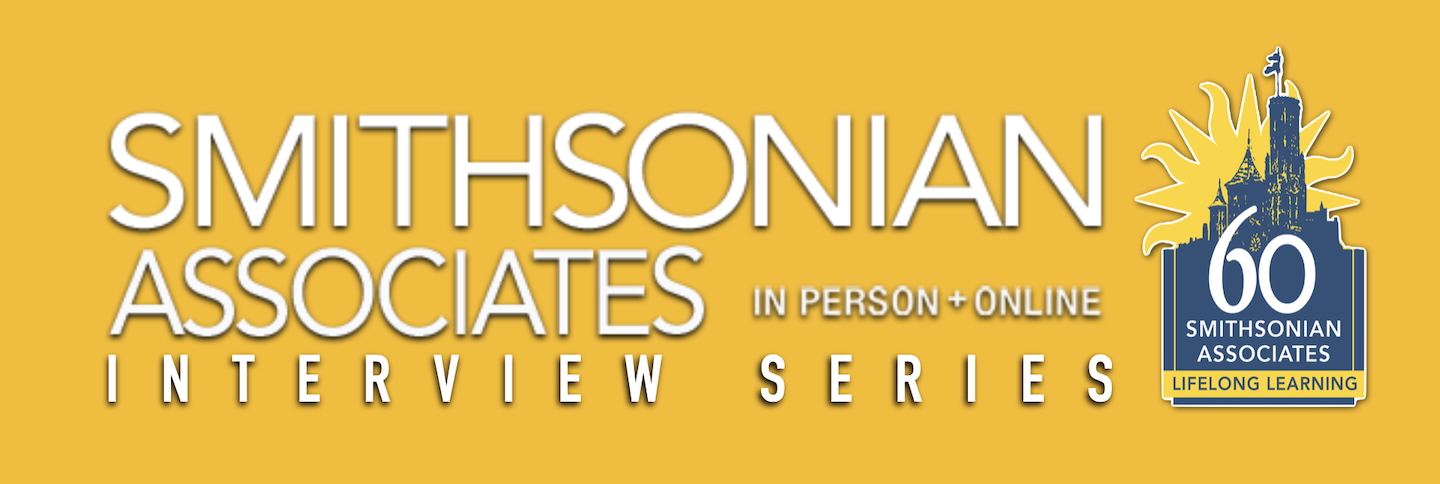Art of Living series, Smithsonian Associates:
In 1939, the world’s scientific community began a desperate race against an imagined German project to unlock the process of splitting a uranium atom. Under a cloak of secrecy, the Manhattan Project—code name for the 1941 wartime initiative to develop nuclear weapons—began. The next year, a group of physicists produced the first nuclear chain reaction under the grandstands of Stagg Field at the University of Chicago. This success generated a renewed sense of urgency, and nuclear facilities were built at Oak Ridge, Tennessee, Hanford, Washington, and Los Alamos, New Mexico.
Our guest today, Dr Martin J. Sherwin, professor of history at George Mason University explores the history and legacy of this world-changing mission. He is the author of Destroyed: Hiroshima and its Legacies, and co-author with Kai Bird of Prometheus: The Triumph and Tragedy of J. Robert Oppenheimer.
Enjoy.


